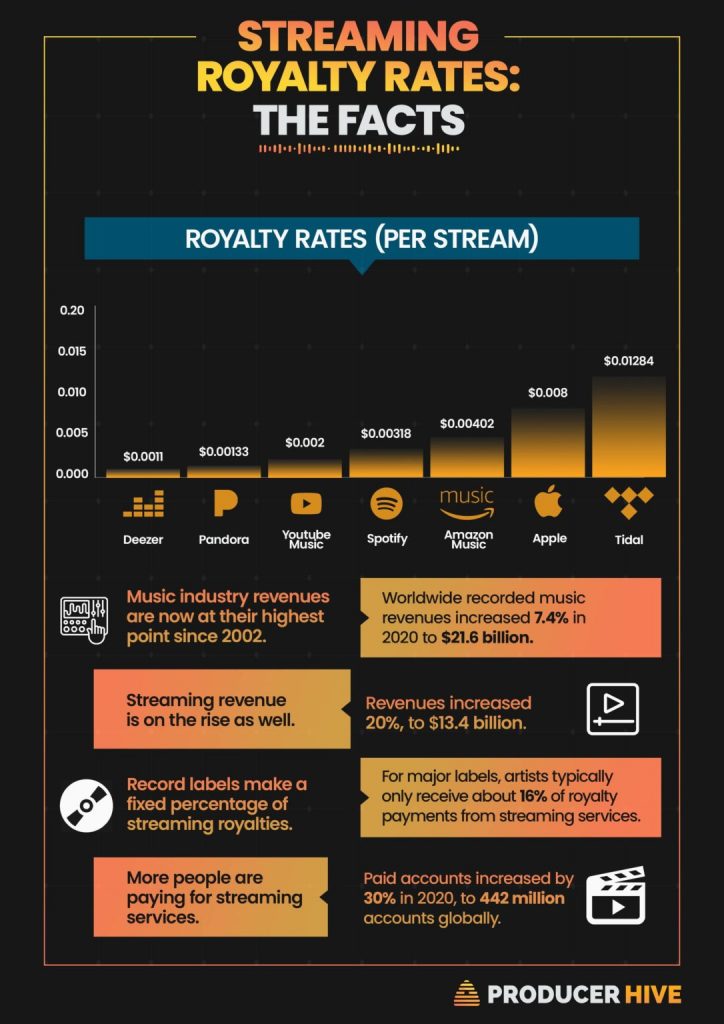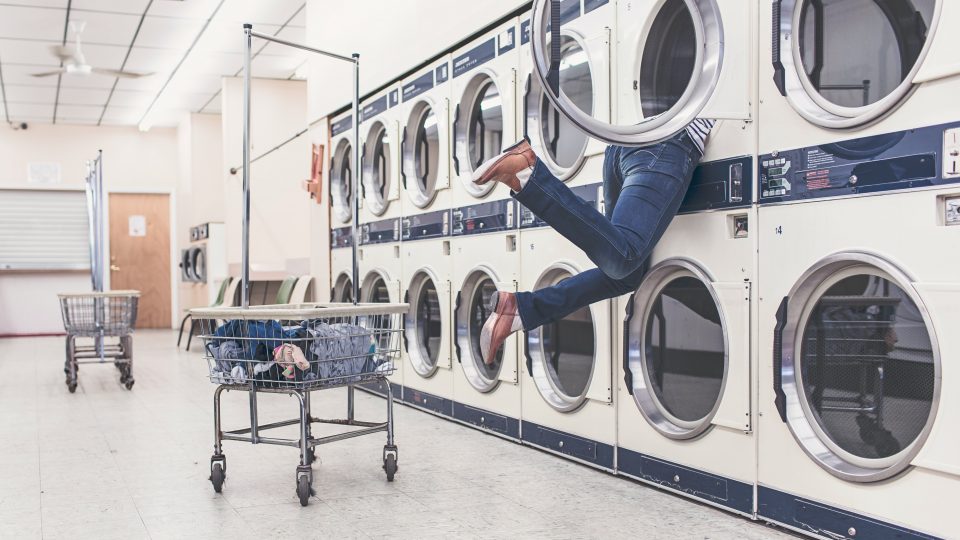Where Do Music Royalties Come From on Fractis?
Fractis is a fractional music streaming royalties NFT marketplace. Not a mouthful at all. Fans can invest in their favourite artists and get a cut of the royalties. But, where exactly do those royalties come from?
There are a multitude of types of music royalties. Fractis offers artists the opportunity to mint a percentage of their digital music streaming royalties as NFTs, to sell to fans and investors.
Table of Contents
What Is Fractis?
Why Streaming Royalties?
Does Streaming Pay?
Where Do the Royalties Come From?
What Is Fractis?
We said it up there. Fractis is a fractional music streaming royalties NFT marketplace. But, we’ll go into a little more detail here.
When you have your music available for streaming on platforms like Spotify or Tidal, you can earn revenue. How much revenue varies from platform to platform, but is based off the amount of streams a track gets each month.
Fractis, if you distribute through our official partner, RouteNote, offers you the opportunity to turn your royalties into NFTs. Whether it’s a single track, an EP, or your whole back catalogue, you simply create the NFTs and decide how much you sell them for. In fact, you get to choose much more than that.
You decide what percentage of your royalties for a particular musical project you share as NFTs. How many NFTs you create is also up to you (although it has to all make sense mathematically with the percentages!). The beauty of selling fractional royalties as NFTs is that smart contracts within the token can trigger an automatic payout to you, should whoever buys your NFT sells it later on down the line. Get royalties for your royalties!
Why Streaming Royalties?
If there are so many different types of music royalties (performance, mechanical, sync), then why did we choose streaming royalties for Fractis?
Anything can be an NFT, really. The value depends on the asset that has been turned into an NFT. There are two main types of asset; productive and non-productive. These are fairly self-explanatory.
Non-Productive Assets
These are assets which do not produce any value themselves. Take gold, for example. All over the world, this precious metal is considered valuable. That’s because people place value on it themselves. Otherwise, besides being shiny and pretty, gold just sits there and doesn’t do much.
Productive Assets
Productive assets are things which continue to provide their owners with value. They do the work themselves, and give back again and again. Can you guess where we’re going with this?
That’s right, streaming royalties class as a productive asset. That’s because royalties are generated and paid out on a monthly basis, consistently (that’s the goal, at least) giving back.
The value of music streaming has increased significantly in the last decade. In fact, revenue from digital streaming accounts for 65% of all global revenue in the recorded music industry. The way we access and consume music has changed with the digitalisation of the world.
Whilst older formats, like vinyl, enjoy resurgences, it definitely doesn’t look like our appetite for streaming is going anywhere. It makes sense to make this often contentious method of music consumption work better for you, as an artist.
Does Streaming Pay?
In recent years, there’s been a lot of discussion around the fairness of music streaming platforms on artists – particularly independent or newer musicians.
This is because the payment model of some major streaming platforms can be viewed as unfairly skewed towards far bigger artists. As such, it’s difficult for smaller artists to get paid properly, limiting their ability to produce more music, and enjoy a fruitful and satisfying career in music.
Since one of the major alternatives for making money in music – performing live – was eliminated during the pandemic, a harsher light was shone on the digital streaming industry.
We firmly believe that all artists should get to be a part of a fairer musical ecosystem, and that steps certainly still need to be taken to achieve this. However, the theory that digital music streaming doesn’t pay isn’t always accurate.
Working with our official partner, we’ve witnessed first hand some incredible careers being carved out by bedroom musicians and DIY producers, all off the back of digital streaming revenue. This graphic from Producer Hive shows the latest payout rates for each major streaming platform.

It’s worth noting that these stats vary slightly depending on a few factors.
Whilst these numbers seem incredibly small, the fact that more people are paying for streaming subscriptions suggests that it is becoming more and more feasible for an artist to rely on streaming royalties. If you can generate excitement and interest around your music, and market yourself effectively, you could see your streams boosted.
Check out PUSH.fm for fantastic marketing tools, and have your music reach new audiences and ears. At Fractis, we can also help you generate hype. Sharing your royalties as NFTs opens up a whole new audience of collectors, investors, and music fans who can help support your journey in music. Through announcements and social media updates, we will champion your latest collection and get people excited about your next drop!
Where Do the Royalties Come From?
Earlier, we briefly touched on the point that you need to distribute through RouteNote in order to feature your music on Fractis. If you’re reading this, and you’re not an artist, but you’re interested in investing in Fractis NFTs, you might also be interested in where the streaming royalties come from.
RouteNote has a fantastic list of partner stores that it works with. These are where the streaming royalties will come from. The more partners, the greater chance of generating revenue through streaming. Here’s just 15 of over 100 stores that music streaming royalties could come from:
- Spotify
- Apple Music
- Tidal
- Deezer
- Amazon Music
- YouTube
- SoundCloud
- TikTok
- Claro Musica
- Pandora
- Anghami
- Kanjian
- AWA
- Synchedin
- Melon
Some of these stores also partner with others to distribute music even further. For example, Kanjian partners with over 90 digital service providers in China alone, and over 200 worldwide!
Sign up to Fractis today, and be first in line to get involved in a new way to make the most of digital music streaming!
